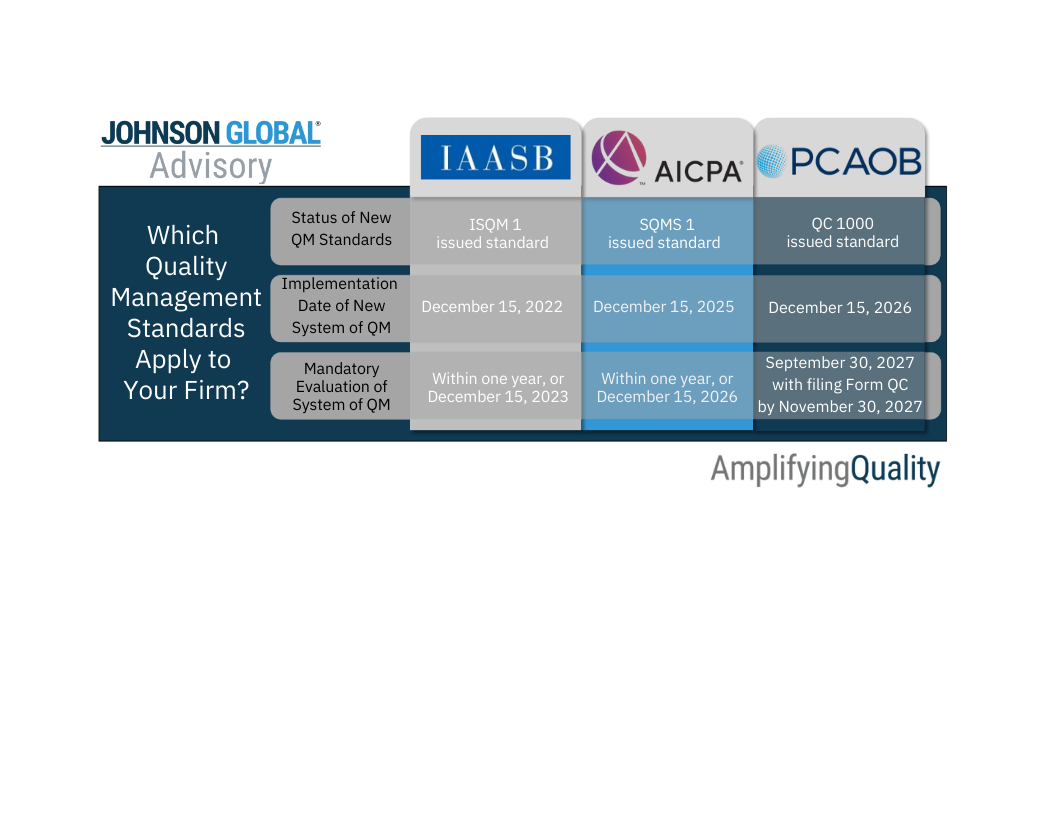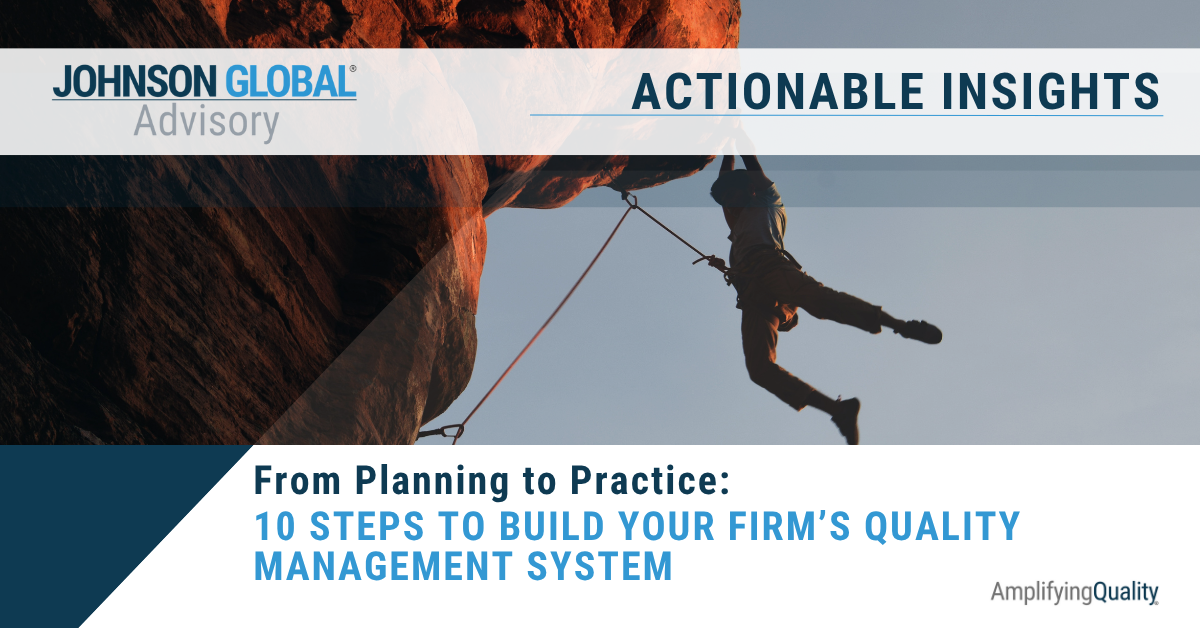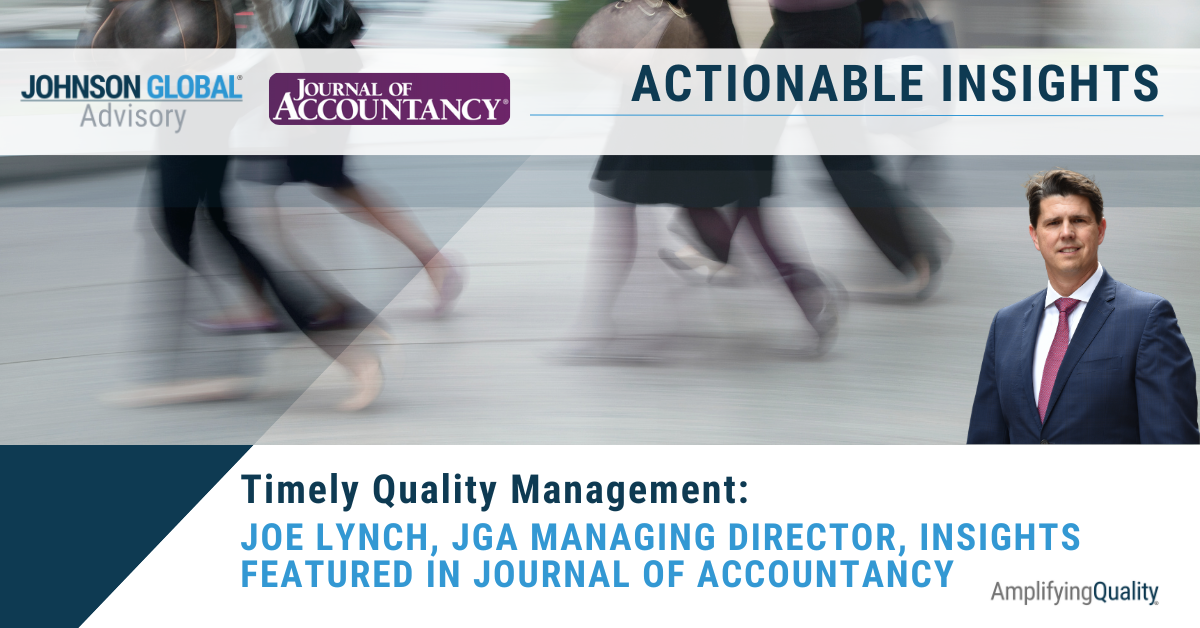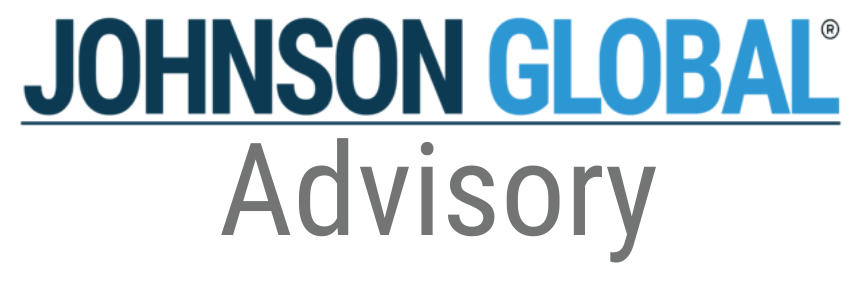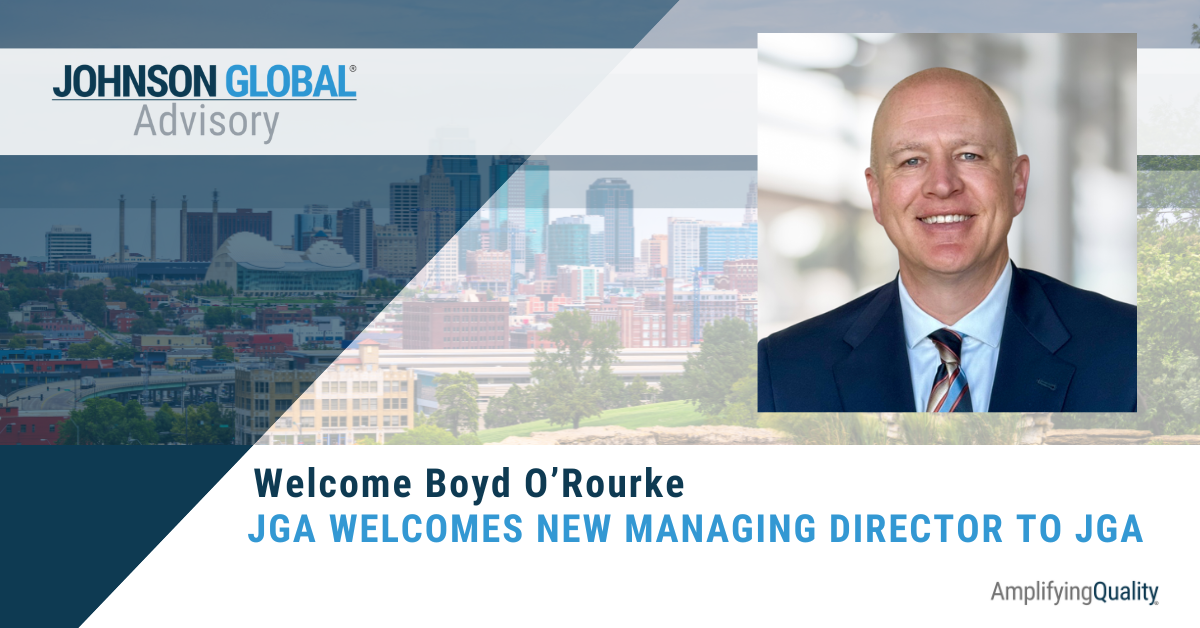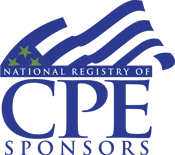By Geoff Dingle
•
October 28, 2025
In September 2022, we wrote an article discussing the struggle that firms were experiencing at that time in remediating Quality Control (QC) criticisms as it relates to their Engagement Quality Review (EQR) process. This struggle seemingly continues today, as, so far in 2025, the PCAOB has publicly re-released previously issued inspection reports for 32 registered firms, and in 19 of those reports, EQR was a QC criticism that was released to the public as these firms had failed to satisfactorily remediate their EQR QC criticism¹. This means that firms continue to struggle to identify and effectively implement remedial actions to the satisfaction of the PCAOB that demonstrate that they have successfully remediated their non-compliance with AS 1220, Engagement Quality Review . So why are firms still failing to remediate this QC criticism? As we stated previously, having worked with engagement teams and looking at the nuanced and sometimes detailed nature of some of the PCAOB Part I findings, attributing the audit issue to a deficient EQR review can sometimes feel like the regulator is being overly exigent. In fact, in its adopting release to the EQR standard , the Board stated that it “…has been sensitive to commenters' concerns and agrees that the EQR should not become, in effect, a second audit.” This is a difficult concept for EQRs to balance though, as engagement teams often ask us, “As EQR am I required to review every test of design and operating effectiveness for internal controls related to every significant risk? Which substantive workpapers in significant risk audit areas should I review and to what level of detail?” Though not explicitly required in AS 1220, implicitly by the very nature of the EQR attribution, the PCAOB is inherently creating an expectation of a detailed EQR review. After all, AS 1220.09 does require the EQR to “review documentation.” When the PCAOB evaluates a firm’s Rule 4009 remediation response, they pay particular attention to recurring deficiencies. If the same deficiency is long-standing or occurs in subsequent reports, remediation efforts undertaken must be incremental in each remediation submission so as to address the recurring deficiency. Said otherwise, a firm cannot deliver the same training year after year and expect it to drive change; it must change its approach to remediate the recurring deficiencies. We have numerous clients telling us that this is the second or third inspection report that includes an EQR QC criticism. They often ask us, “This time, what can we do that is incremental that we haven’t already done?” Remediation Considerations The new quality control standards (QC 1000, ISQM 1 and SQMS1) require firms to perform root cause analyses for audit deficiencies. In doing so, firms should identify the real root cause behind why EQRs are failing to identify audit deficiencies and then design specific remedial actions to address these root causes. So, remedial action should be in response to the actual root cause of the EQR deficiency – i.e., what is the ultimate root cause of EQR’s not identifying the Part I deficiencies at the time of their review? The following are typical actions that we see firms undertake: a. Training as an Action For many firms, they start out the remedial process by providing training to audit professionals that specifically address the requirements of AS 1220. Some firms attempt this by sourcing online training from the marketplace. If this is the first time your firm has received a Part II EQR criticism, then this action might be effective. However, training designed to remediate quality control deficiencies must be specific to the facts and circumstances of your issue(s). Oftentimes though, when the EQR criticism is long-standing or repetitive, training alone is not sufficient. Key takeaway : Consider developing more robust training that specifically addresses nuances of firm findings and walk through examples of EQR reviews. b. EQR Sign-off Checklist as an Action Another common remedial action is for firms to make enhancements to their methodology, including their EQR sign-off checklist . Most firms subscribe to audit software programs already which have a basic EQR checklist that calls out the requirements under AS 1220. Modification to the EQR checklist and/or creation of addendums that specifically focus on the issues or concerns can be a meaningful improvement and can add rigor to the review process. Key takeaway : Firms should determine whether they need to modify their EQR sign-off checklist and/or create addendums to include specific bullets and questions addressing firm audit deficiencies, specifically calling it out to the EQR’s attention. c. EQR mentoring/coaching program as an Action Many firms have already implemented the previous two actions, and they may continue to see deficiencies in the QC criticism. The PCAOB is expecting firms to do more to ensure quality audits. As we have worked with firms on remediation, we recommend firms consider an EQR mentoring/coaching program . When designed and implemented properly – and timely – we believe this action to be important to a successful remediation of QC deficiencies around the EQR function. Key takeaway : Consider designing and implementing an EQR coaching or mentoring program, paying close attention to key elements important for effective remediation criteria. Other Considerations Given that global audit regulators have raised the bar in expectations on recurring findings – specifically on the EQR process – we cannot stress enough the importance of beginning the remediation process early . Engage the PCAOB in a dialogue immediately once your 12-month remediation period begins, to discuss the planned remedial actions and get feedback on the sufficiency of those actions. Pay particular attention to understanding what is considered timely implementation. Do not underestimate the amount of time it will take to fully implement remedial actions. Key takeaway : Engage the PCAOB early in the remediation process to seek feedback on the sufficiency of the remedial actions (perhaps even before the final report has been issued). EQR as last line of defense Another important point is that EQRs are essentially the last line of defense with regard to audit quality. Said differently, audit quality starts with the audit engagement team and the firm’s entire QC system (training, methodology, tools, etc.) that enables and supports audit engagement teams to perform quality audits. Firms must also consider the remedial actions that also address the PCAOB’s Part I audit deficiency(ies). The EQR QC criticism, while linked to its own standard, is really just the review of the audit work performed under all the other audit standards (e.g., AS 2501, AS 1301, etc.). It is a collective effort, and the EQR as well as the entire engagement team should be considered when remediating all QC criticisms identified in firm inspection reports. It may feel like a never-ending story and perhaps regulators are being overly rigorous, but the reality is this issue is not going away, so firms need to consider what incremental actions they can take to truly ensure EQRs perform quality reviews. At Johnson Global Advisory , we support firms in selecting, implementing, and optimizing these tools to meet their unique needs. For more insights, visit our blog or contact us to learn how we can help your firm AmplifyQuality®. ¹ Part I of a PCAOB inspection report contains audit deficiencies; this part is made public when the report is initially published. Part II contains the firm’s QC criticism(s); and this part is not initially released to the public. The firm has one year from the date the report is published to remediate the QC criticism(s). If the remediation is satisfactory to the Board, then Part II is kept private. However, if the firm fails to satisfactorily remediate the QC criticism, the QC criticism in Part II is then released to the public.
